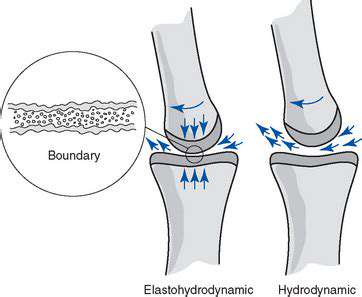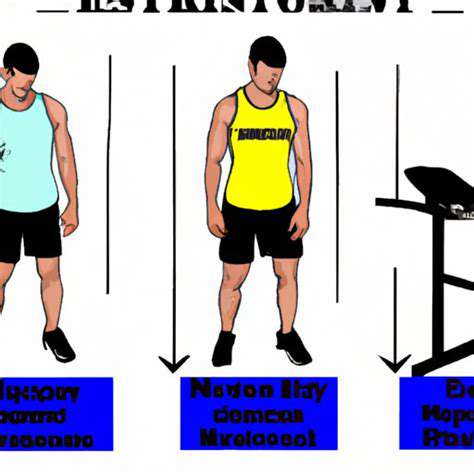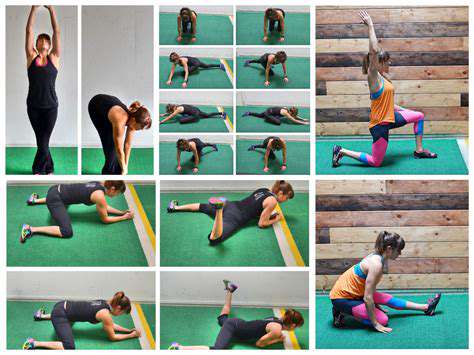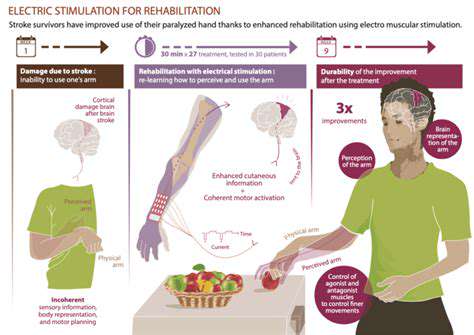Strategies to Boost Hand Recovery Speed
Here's the hard truth: that afternoon soda or packaged snack is working against your recovery. Processed foods create inflammation, essentially putting roadblocks in your healing pathway. Instead, try swapping sugary drinks for infused waters with lemon and mint, or snack on carrot sticks with hummus. Your future self will thank you when those stiff fingers start moving freely again.
Hydration and its Role in Hand Recovery
Water isn't just for quenching thirst - it's your injury's secret weapon. Picture this: every sip you take helps shuttle nutrients directly to your injured hand while flushing out inflammation-causing waste products. Dehydration thickens your blood, making it harder for healing compounds to reach where they're needed most. Keep a reusable bottle with measurement markers as a visual reminder - aim to finish one by lunchtime and refill for the afternoon.
Beyond plain water, consider adding herbal teas or broth-based soups to your routine. The warmth can be soothing for achy hands while contributing to your fluid intake. Remember: if you're doing physical therapy exercises or it's particularly hot out, you'll need even more fluids than usual to support the repair process.
Importance of Stress Management for Hand Healing
That knot in your shoulders from worrying about your injury? It's actually slowing down your hand's recovery. Stress hormones interfere with tissue regeneration, creating a biological catch-22. Five minutes of box breathing (inhale 4 counts, hold 4, exhale 4) can short-circuit this stress response. Even better? Pair it with gentle finger stretches to address both mind and body simultaneously.
For those who can't sit still for meditation, try moving mindfulness - focus completely on the sensation of washing dishes or folding laundry. The rhythmic motions can be surprisingly calming while keeping your hands gently active.
Physical Therapy and Exercise Considerations
Think of your physical therapy exercises like brushing your teeth - skipping sessions has cumulative consequences. Consistency trumps intensity every time when rebuilding hand function. Those seemingly simple wrist rotations or putty squeezes are carefully designed to restore micro-movements you don't even realize you've lost. Keep an exercise log by your bedside - noting small improvements (like being able to turn a doorknob more easily) builds motivation.
Here's an insider tip: do your exercises after a warm shower when muscles are most pliable. The heat increases blood flow, making your therapy session more effective. And if certain movements cause sharp pain (not just discomfort), tell your therapist immediately - they can adjust your regimen.
Sleep and Rest for Optimal Hand Recovery
Your pillow might be the most underrated recovery tool. During deep sleep, growth hormone production peaks, acting like nature's repair crew for damaged tissues. Create a hand-friendly sleep environment: if you're a side sleeper, hug a pillow to keep shoulders aligned and prevent curling your injured hand tightly. Consider wearing a loose-fitting wrist brace if nighttime movements aggravate your injury.
Nap strategically - a 20-minute power nap can boost healing hormones without causing grogginess. Just be sure to do some gentle finger stretches afterward to prevent stiffness. Remember, recovery happens in cycles - alternating activity with proper rest gives your body the signals it needs to rebuild stronger.











